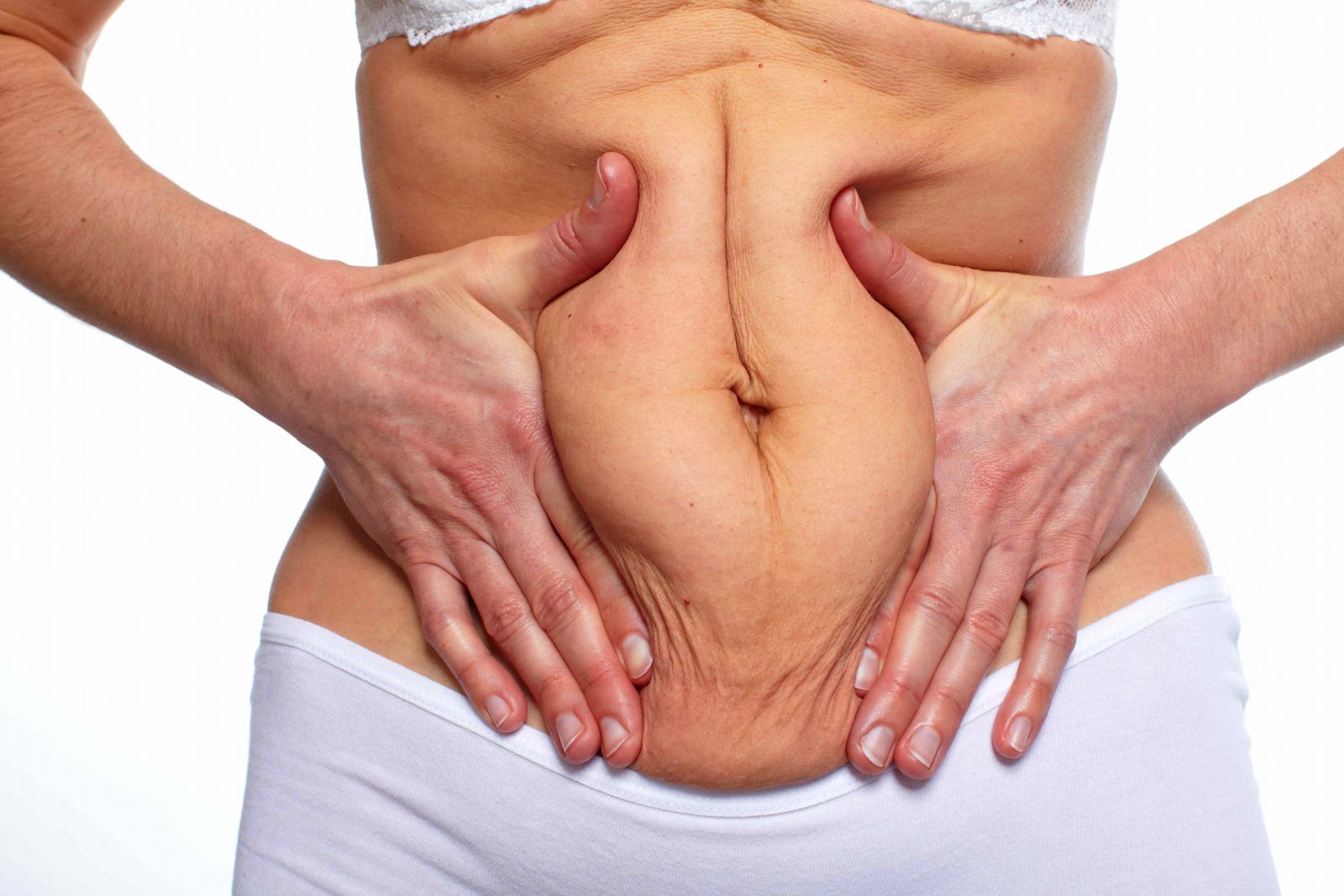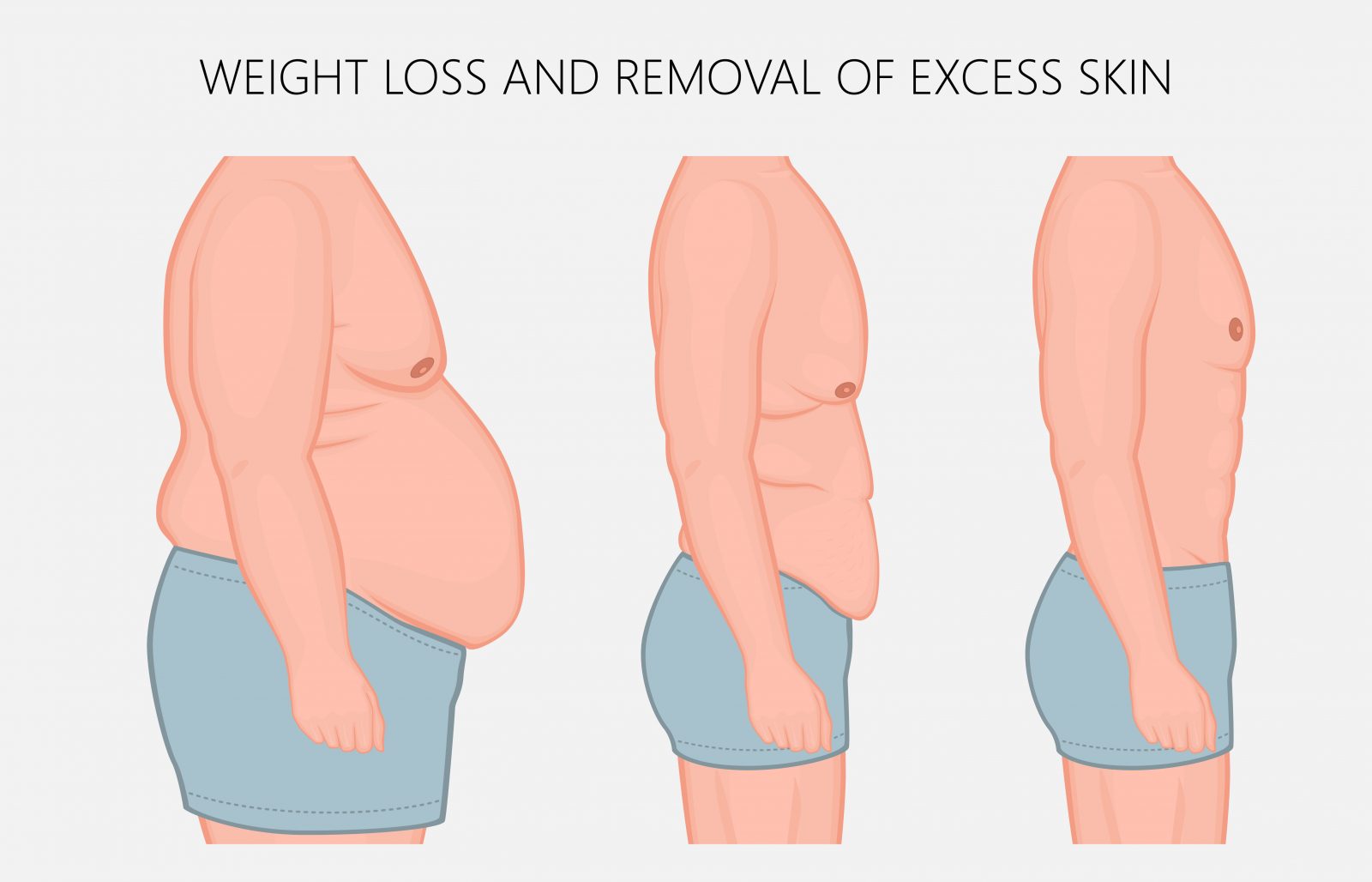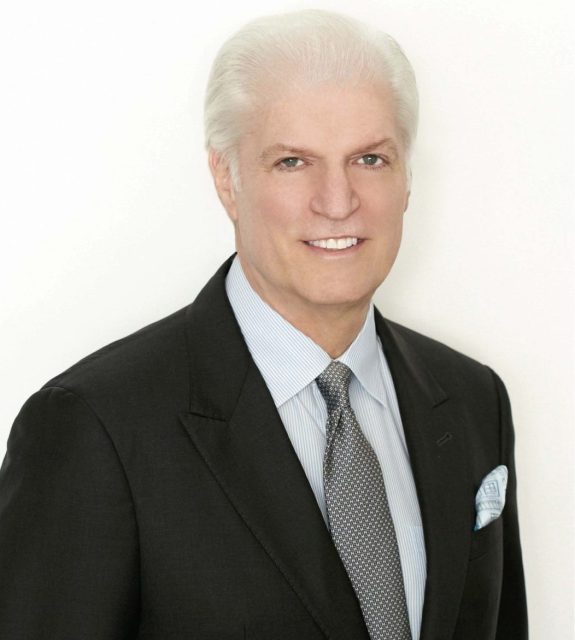Dr. Rafael Emerick Salas is an award-winning board-certified plastic surgeon who specializes in all aspects of the face and body. He is especially known for his “mommy makeovers” (tummy tuck and breast lift +/- implants). He earned a Bachelor’s degree from the University of Miami as well as a Master’s degree in Biomedical Sciences at Barry University. He attended the prestigious Tufts University School of Medicine in Boston, Massachusetts where he received his Doctorate in Medicine (M.D.). He is Board certified by the American Board of Plastic Surgery (ABPS). He is a member of the American Society of Plastic Surgeons, as well as a member of the exclusive American Society of Aesthetic Plastic Surgery (ASAPS). Haute Beauty gets the inside scoop from Dr. Rafael Emerick on ways to prevent scars and scarring post tummy tuck procedure.
 Photo Credit: Shutterstock
Photo Credit: Shutterstock
At Salas Plastic Surgery, their motto is “It’s all about the details.” Dr. Salas put’s his profession above all to ensure that the relationship between him and his patient is based solely on trust. He is there to make people happy; that’s his job. Here are five questions that patients of Dr. Salas often ask when interested in proceeding with a tummy tuck procedure. These questions focus on the scars and scarring that come after a tummy tuck procedure.
Will it remove all of my stretch marks?
A tummy tuck is designed to remove a lot of stretch marks, all stretch marks. The incision is very low, down below your panty line, allowing us to let the skin up as far as possible. Whatever we can get out, we will remove it in surgery. The key is where your stretch marks sit. You will most likely have those left if they are above the belly button, but they will be moved way down low, with the goal being below your bikini line.
Will it remove my C-section scar?
Almost a hundred percent of the time, yes. Barring any incredibly low c-section scar, I will take it out with mine. I tend to do my incisions low, again, to keep them below any bikini, or bathing suit, or underwear, or anything that you may wear so you can hide it. That usually goes below somebody else’s c-section scar and completely removes it with the segment of skin that goes away.
Is there anything I can do to help my scar heal?
Yes, absolutely. A lot of the scar healing depends on how you take care of it. As you guys know, when I do my incisions, it looks like somebody drew it with a pen. That’s the goal. That’s me, as a plastic surgeon, trying to give you the most amicable result I can provide you. And when I’m done, and it looks incredible, that’s it. I pass the torch onto you and ask you to take care of it for us, right?
So, what you can do for that is, obviously, eating and drinking, which gives your body the resources necessary for healing. Taking care of the scar, which means don’t rough it up. Don’t twist and turn and tug on it; that will irritate that scar. And then, scar cream such as silage silicone scar cream, which is the one we prefer. There are other versions of silicon scar cream that will be helpful, but silicone really is one of the few things that can be shown to improve your healing of that incision, so those are some great options there.
What will the scar look like after a couple of months?
That depends on all the things we just mentioned in the previous question and how you participate. There is some element of how your body heals in that of itself. Some people recover very nicely, and some people don’t heal as well. However, if you do everything we mentioned, you give yourself the best shot of having the nicest scar for your body.
 Photo Credit: Shutterstock
Photo Credit: Shutterstock
Should I lose weight before my procedure?
This all ties into taking care of yourself, which will help us give you the best result possible. I don’t always recommend losing weight before your procedure. I recommend you try to be as safe as possible, and if your BMI, your body mass index, is on the higher side, we ask you to bring it down a bit lower for two reasons.
Safety. Studies have shown that your risk for complications does increase as your BMI goes up past a certain point and then is more normal if it is below that. The goal is to be in the lowest chance of complications in your surgery.
Improved Results. The more weight you’ll lose, the more skin and tissue can be removed. That is why patients are asked to get their weight down to aid in the surgery results.
Now, there’s a slight caveat to that. Dr. Salas doesn’t want you to lose the most weight you’ve ever lost and be the skinniest you’ve ever been in your life because if you’re not able to maintain that level, it’s going to change if you bounce back too far after surgery. And so, whatever you weigh that day, that’s what will be focused on. Making you look amazing at that weight. This way, you can fluctuate a little bit up or down, but we don’t want you to go 20 pounds up or 20 pounds down because that may change how the result looks.
Watch the entire video below:
For more information, visit Dr. Rafael Emerick Salas's social media:





















